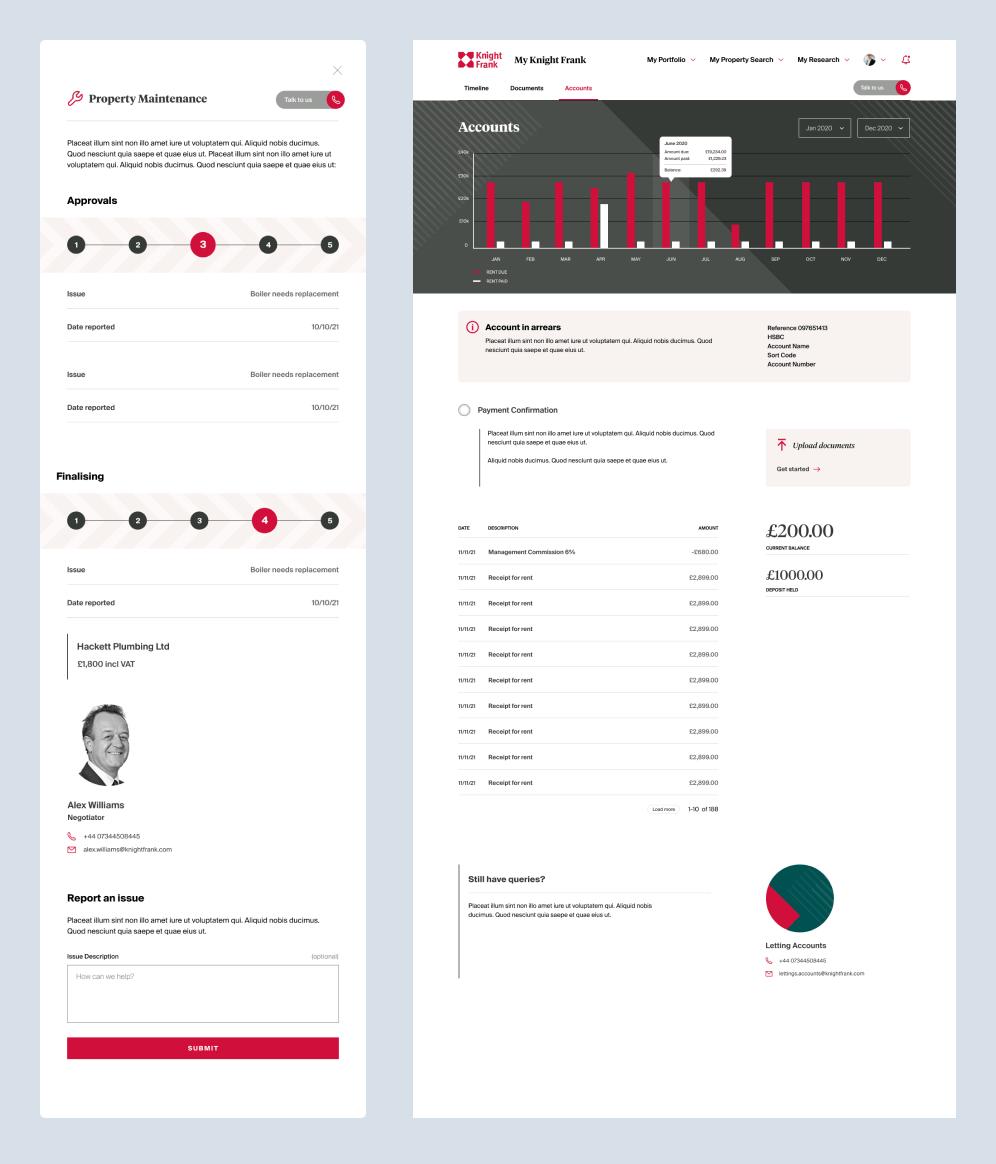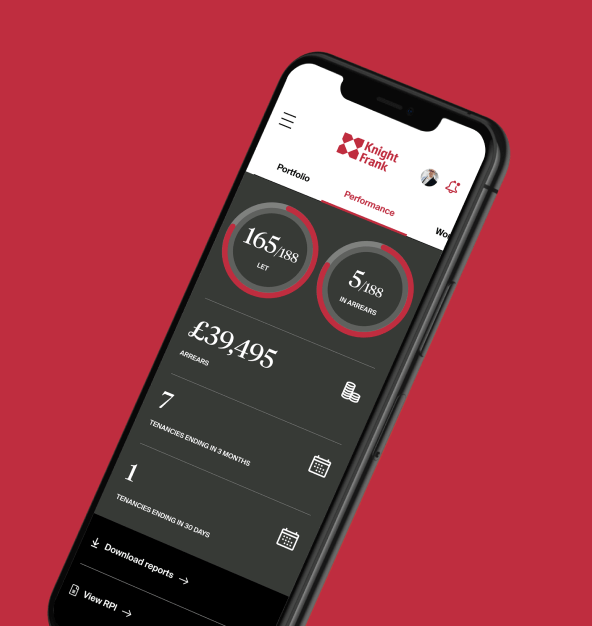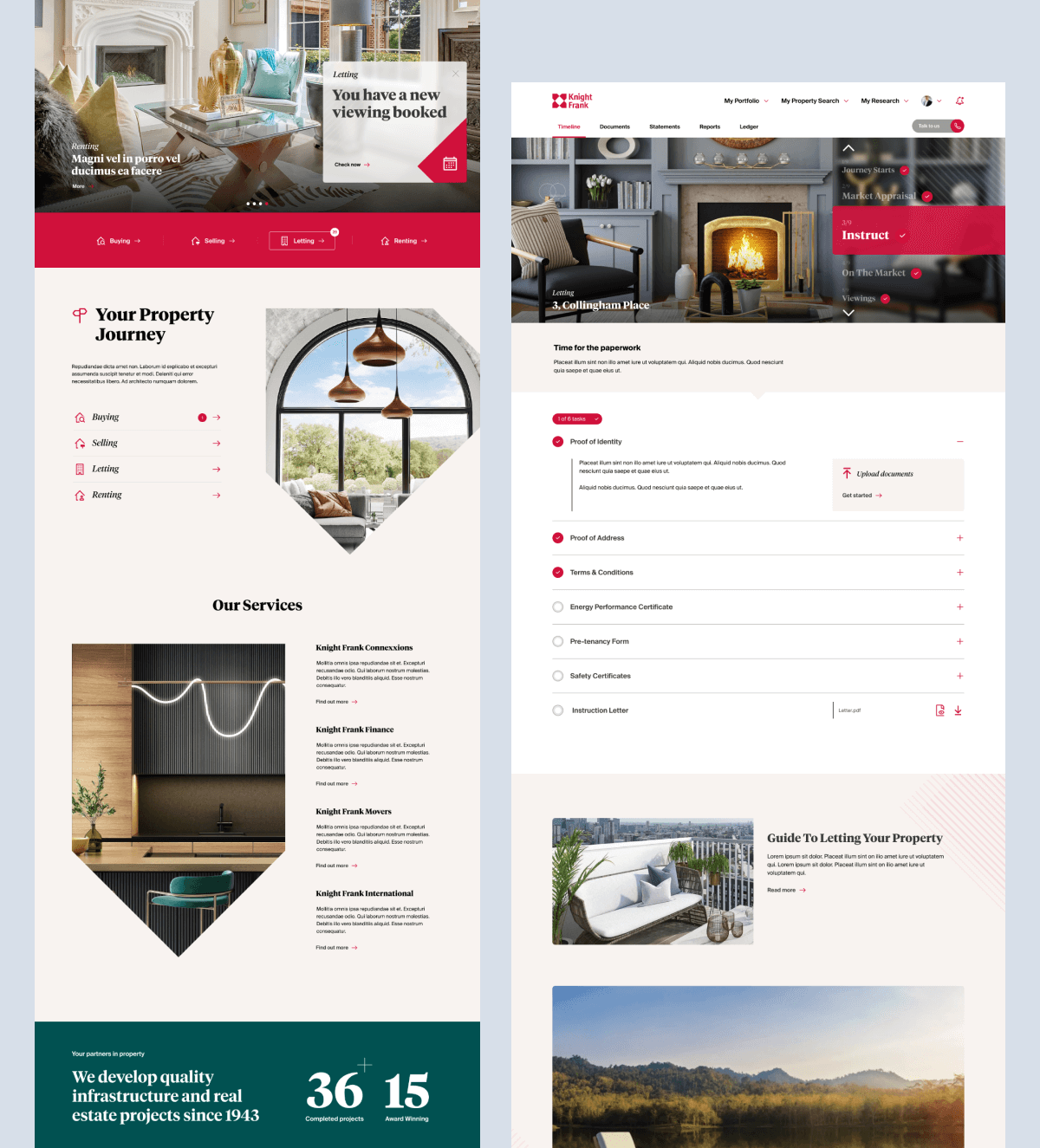

My involvement started at the requirements level, gathering detailed information on what the business wanted to achieve, and working through various UX phases of wireframing and user testing. Moving on, I set the art direction and delivered the final designs along with a design system.
From the outset, a concept of a journey through transacting on a property was identified, and hence a way to represent and navigate this journey was required. Subsequently the concept of a timeline was brainstormed, which was to became the key mechanic.

Mapping out how users would arrive in the product and undertake their property tasks was helpful in identifying the key sections of what functionality was required.

Users were sorted into journey types, and each journey wireframed. These were then presented back to business groups to collect feedback for iterating and finalising.
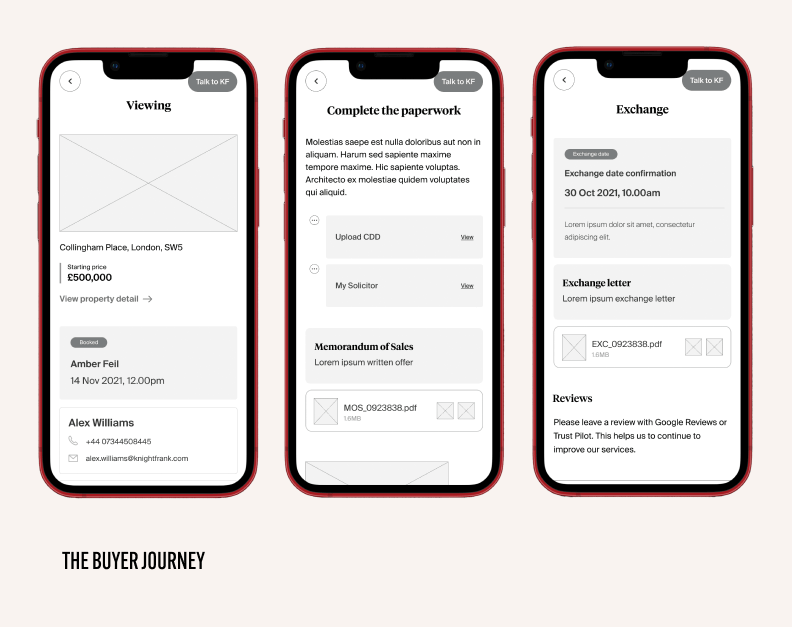
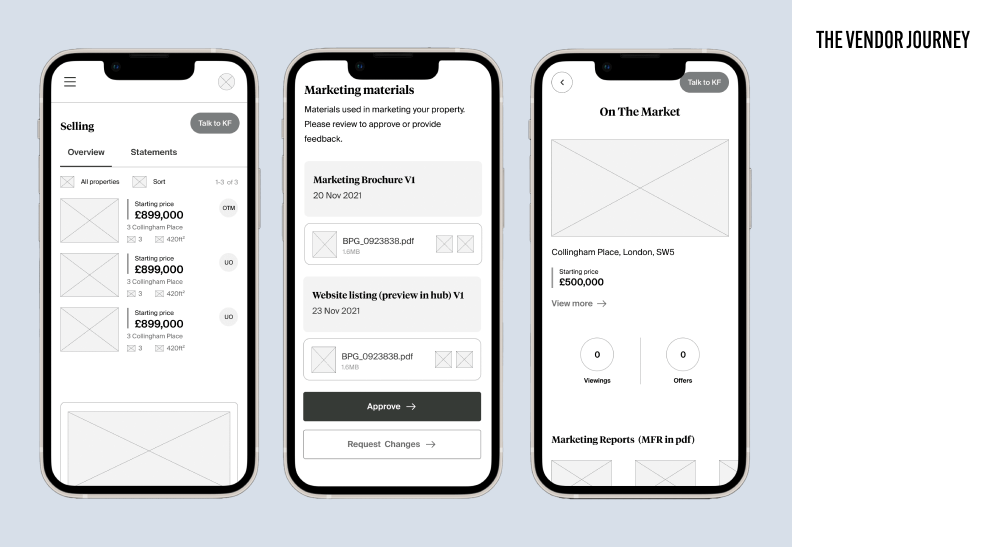
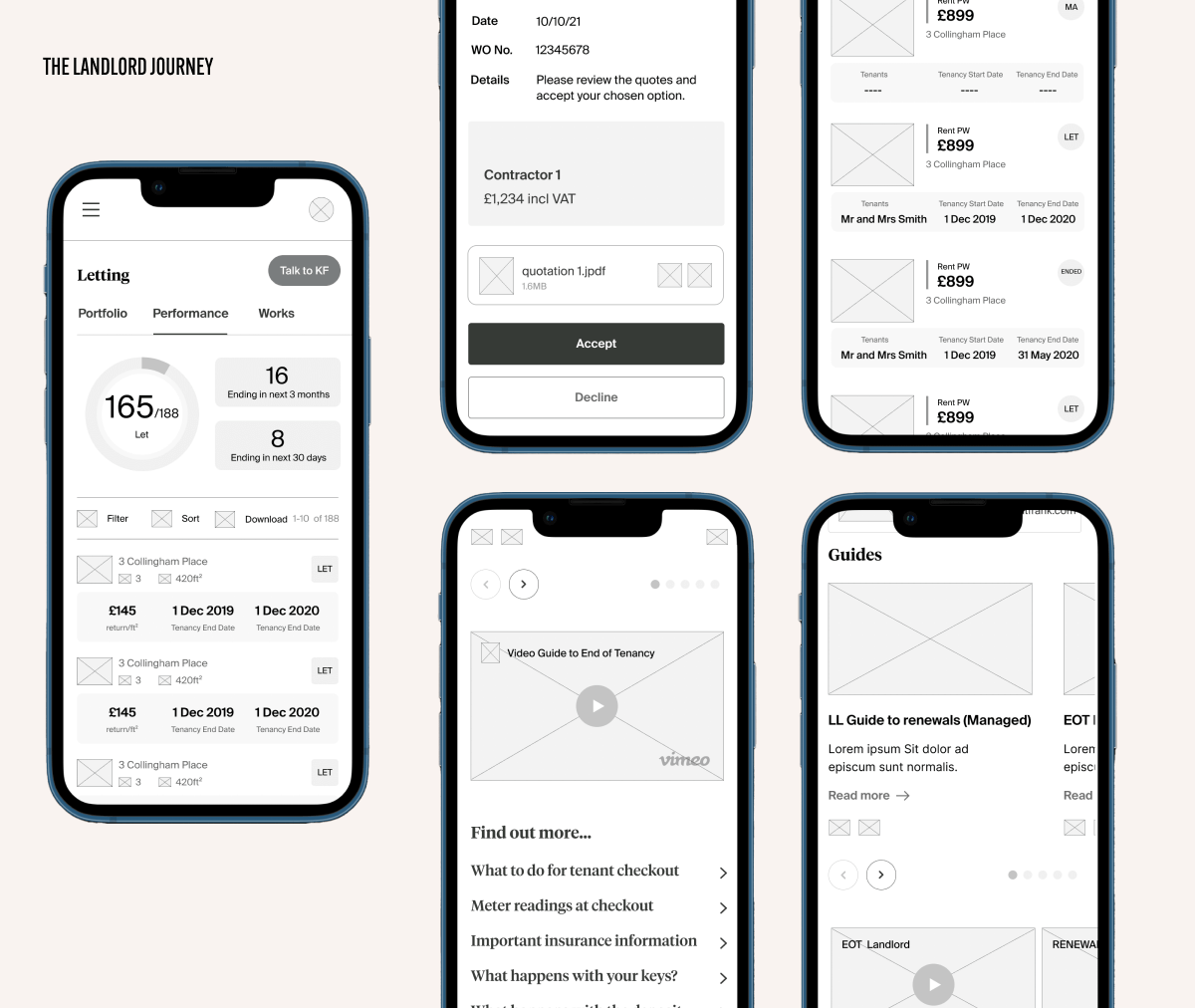
Key journey prototypes were taken to specific user groups for feedback. This proved both business and user needs were being met, and provided insights into what further functionality might be required.
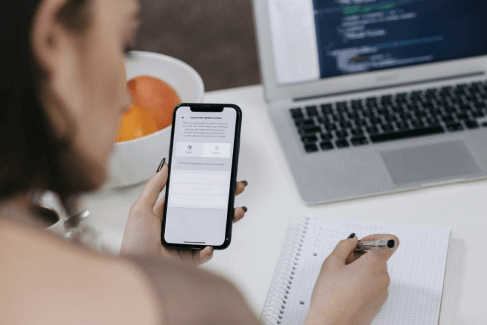
Customer feedback from testing was overwhelmingly positive with 4/5 respondants expressing greater than 90% positive views
Creative directions were explored in an attempt to encapsulate the business aspirations as well as cater for user needs and retain overall usability while keeping the overall feel engaging.
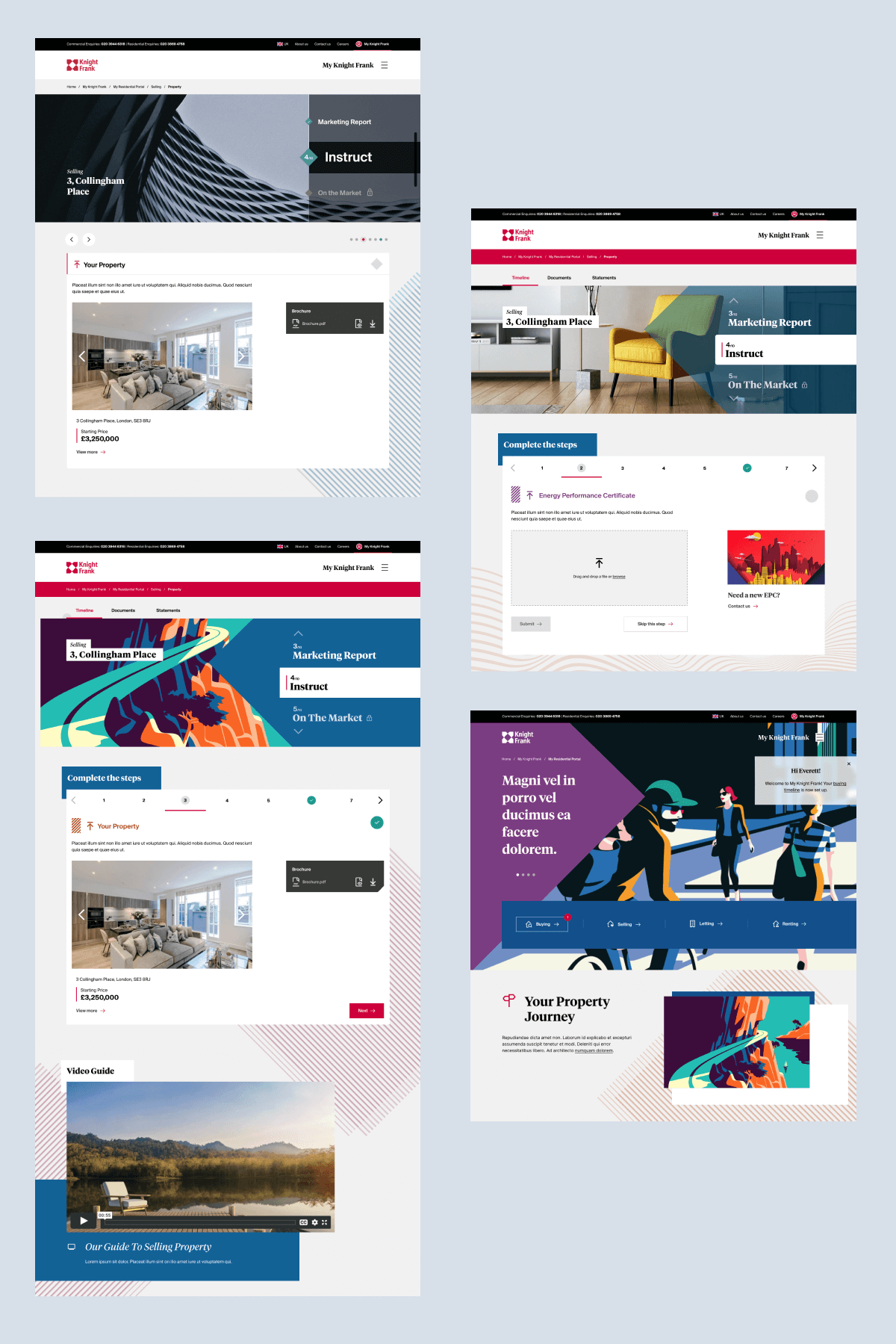
Once a final design direction had been agreed with stakeholders, the final deliverable was a design system defining the palette, typography, grid system, core components and design patterns required to build the site.
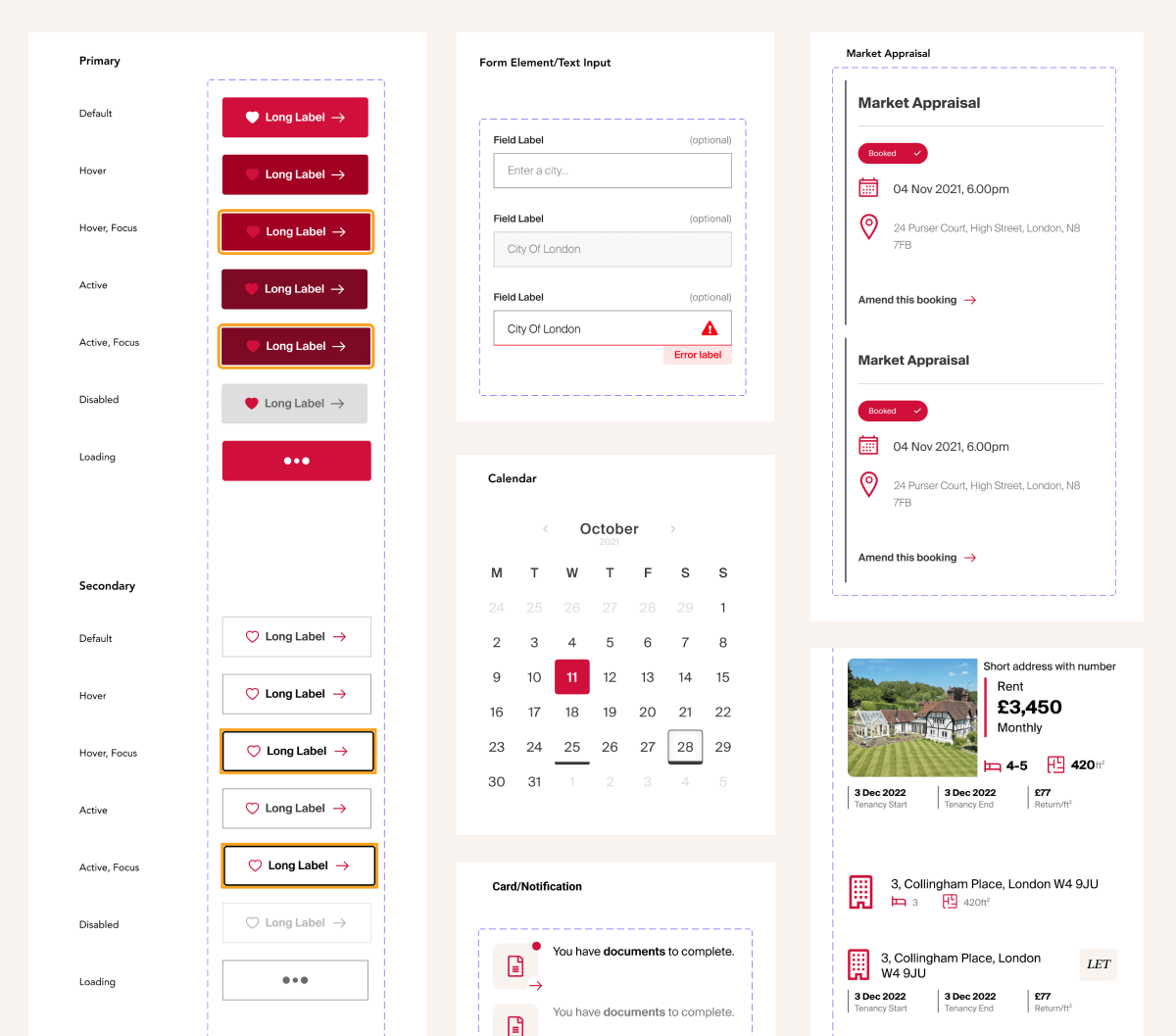

Feedback from both the business and user groups has been overwhelmingly positive to the overall user experience.
